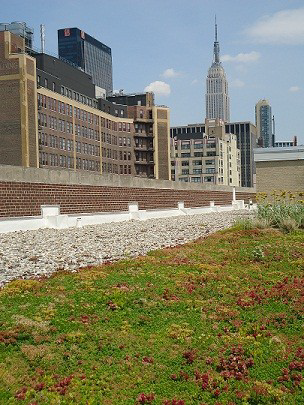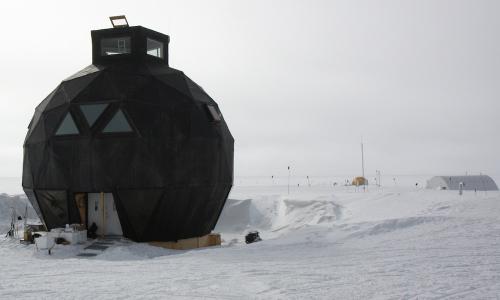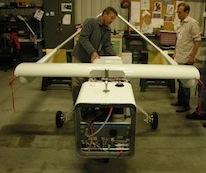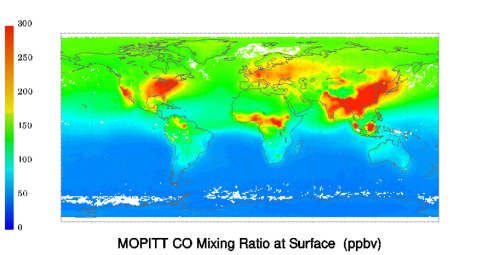Roof Gardens, Fluxes, Heat Islands and Water Quality: LDEO's NYC Project on the Impact of Green Roofs
In a week when heat waves are sweeping the country, a post about green roofs seems appropriate. Environmentalists have long espoused putting plants on top of buildings as a way to improve air quality in cities and reduce the urban island heat effect. Sounds nice, but what are the real impacts of green roofs? Will they reduce runoff water into storm drains? Will they clean the runoff water? Will they cool the city? And will green roofs absorb or emit methane and other greenhouse gases.





